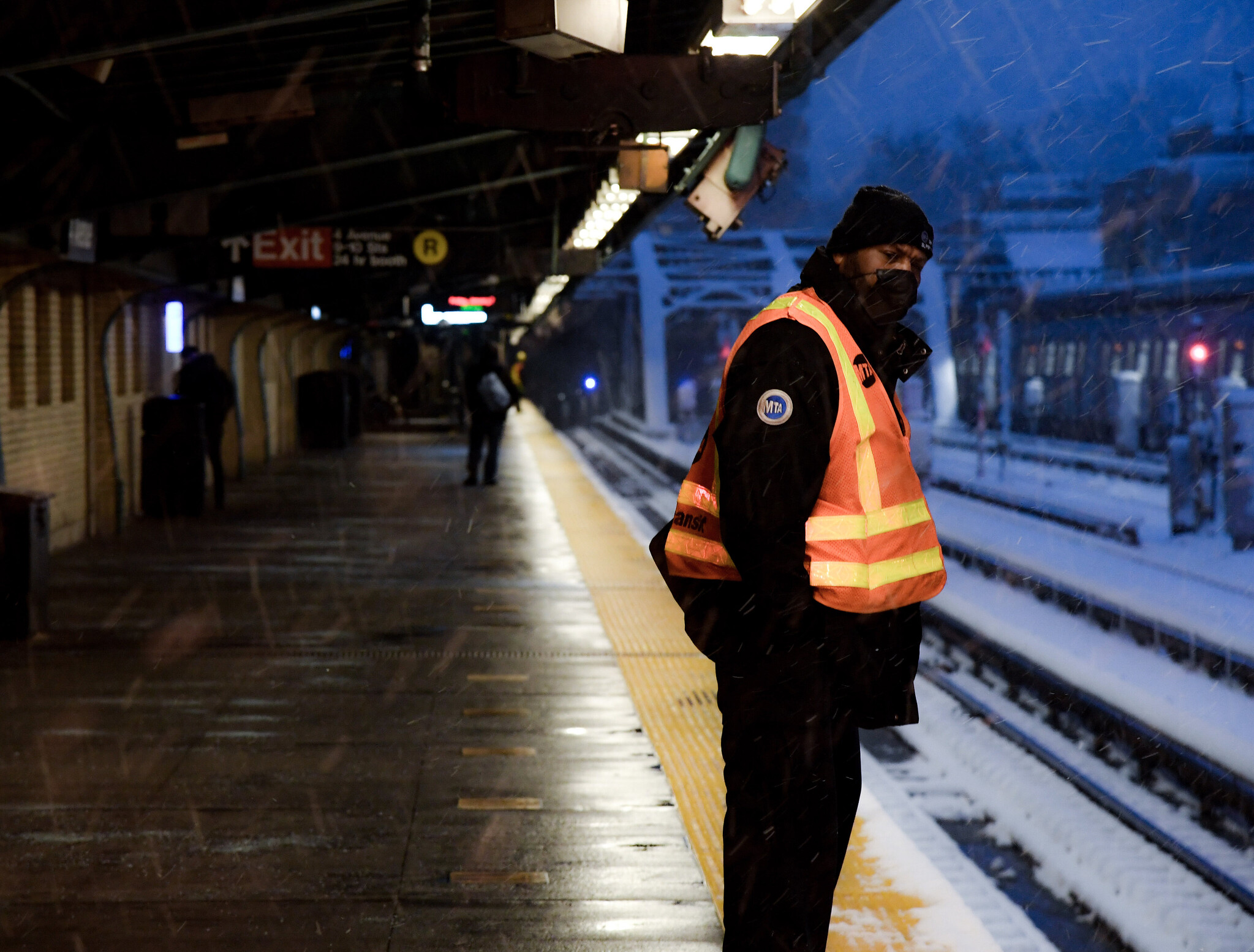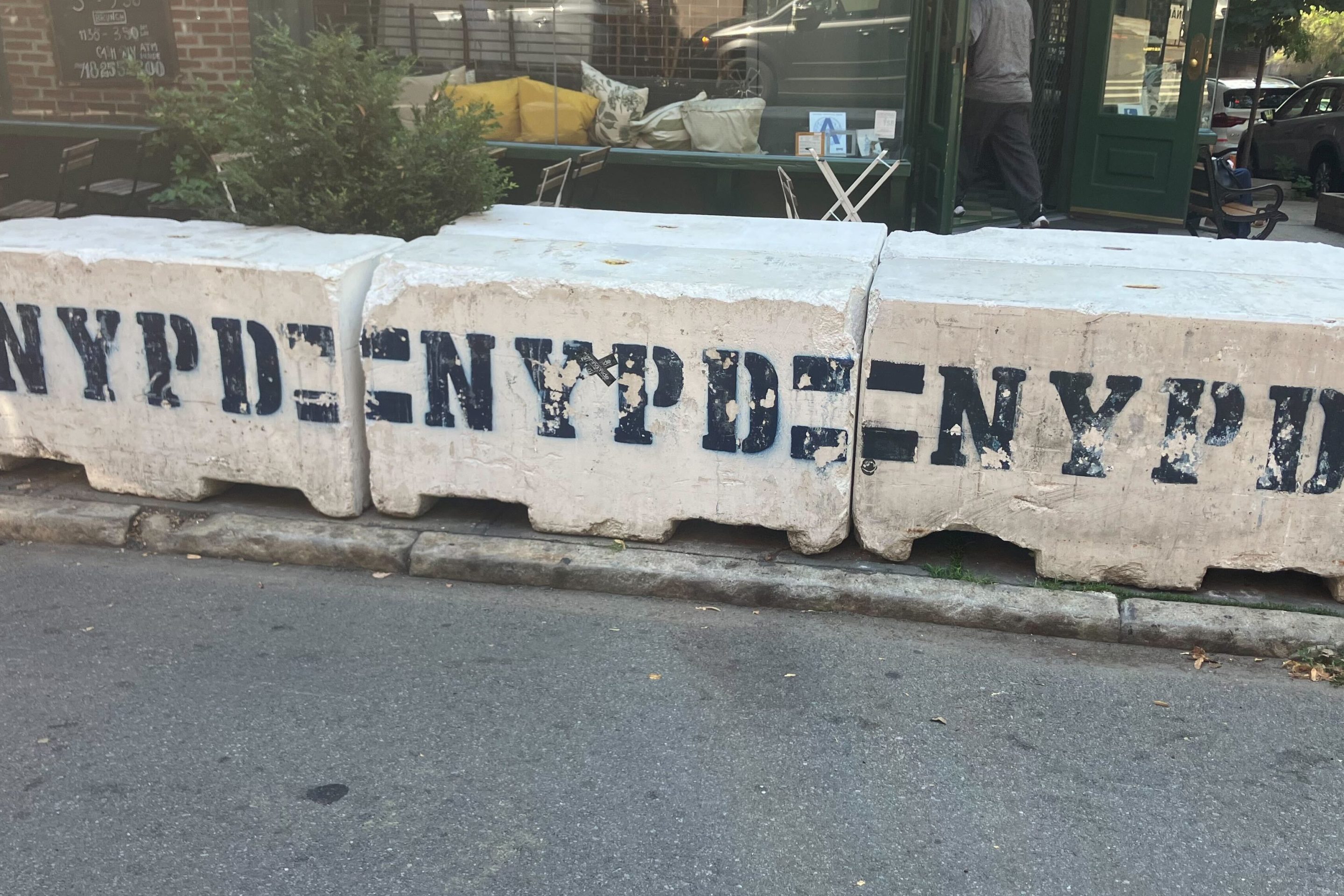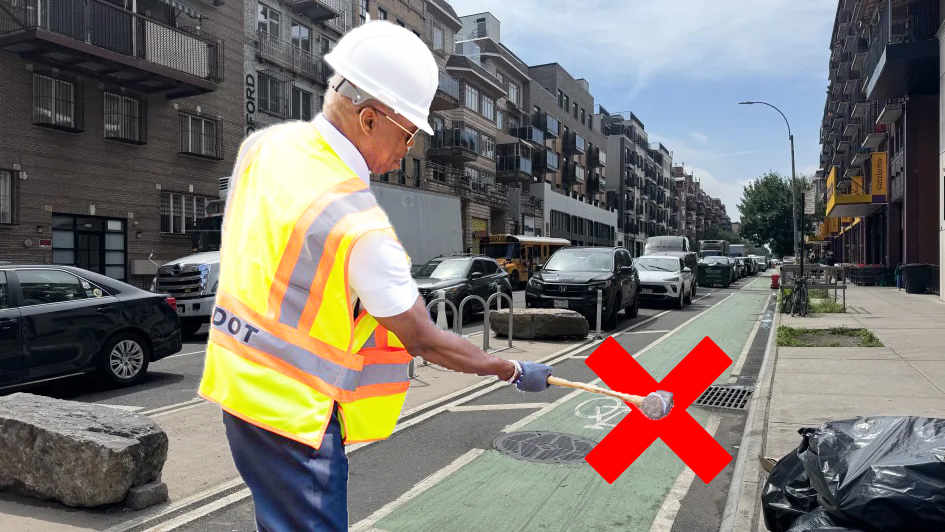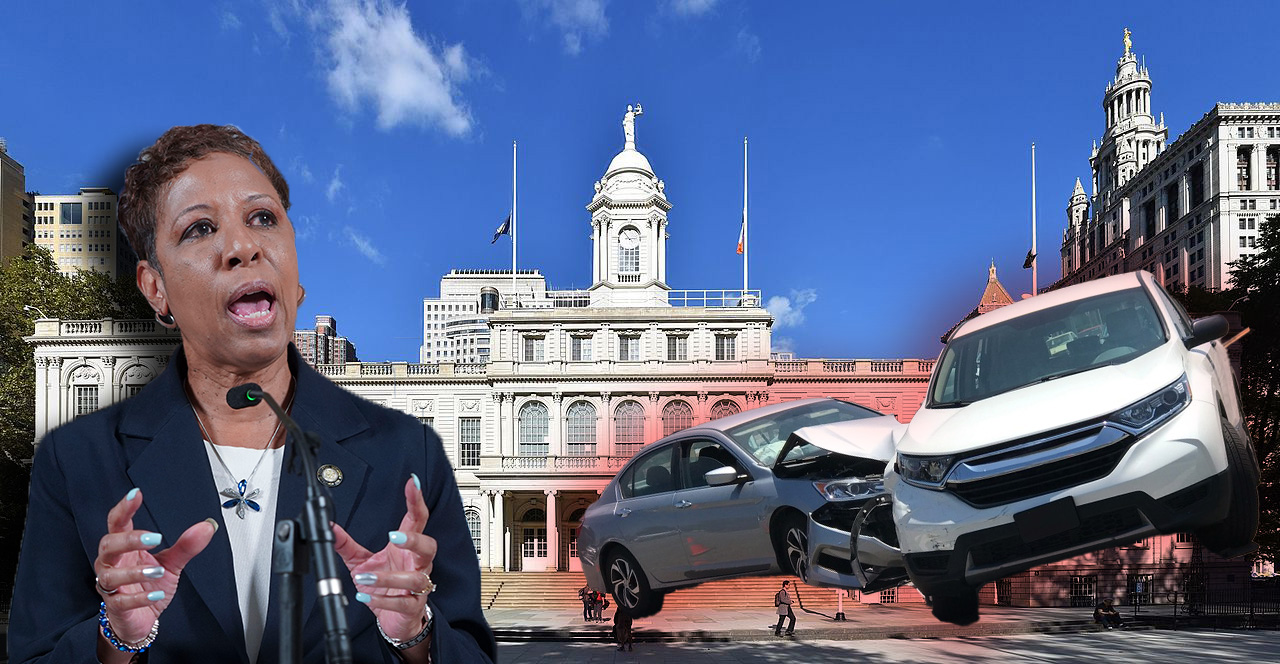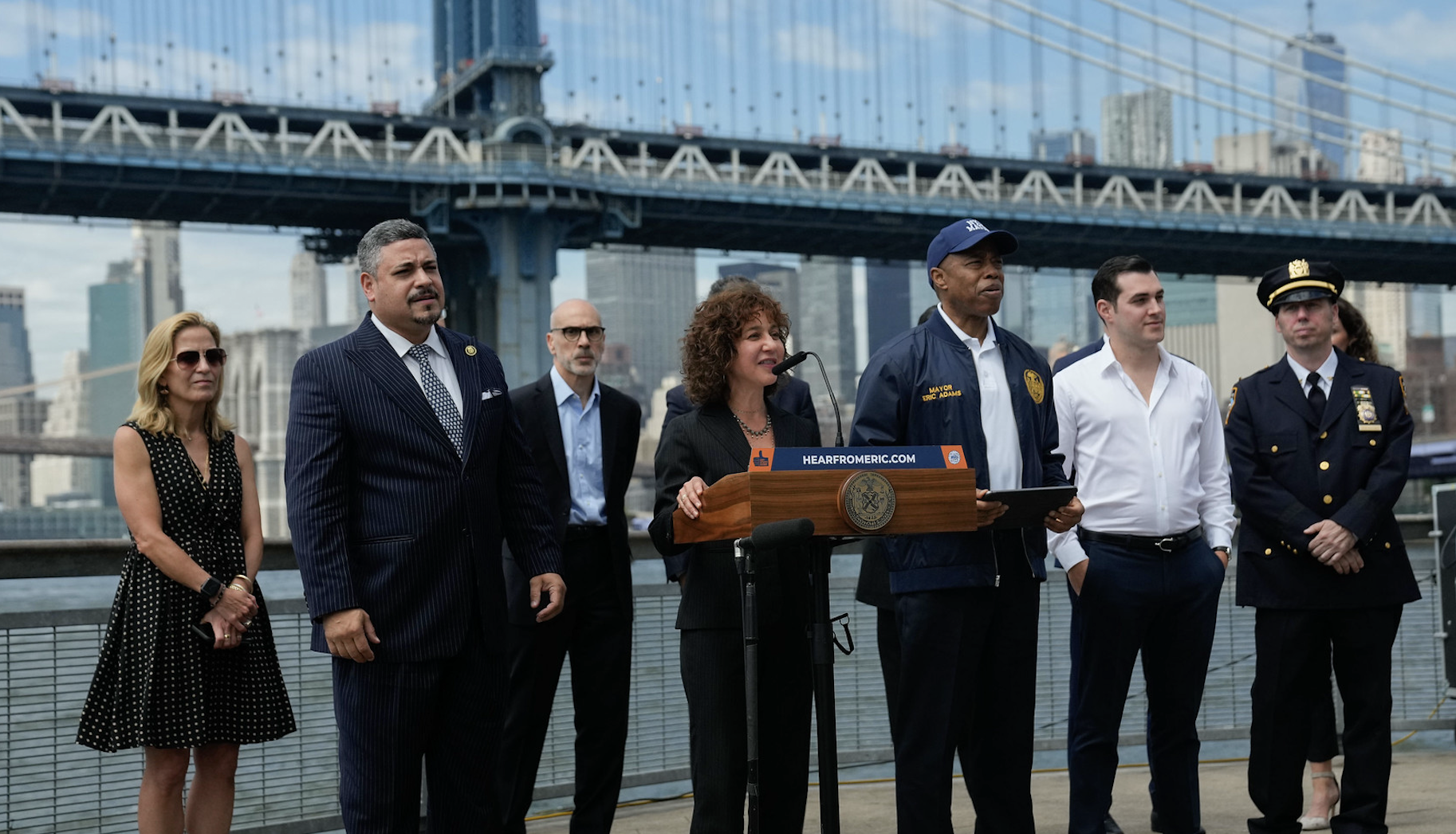New Yorkers are debating whether the MTA should install platform doors or gates at subway stations, after a spate of pushing attacks rocked the city.
I have some knowledge to share. As part of a Hunter College transit-policy course taught by Streetsblog contributor Charles Komanoff, Joslyn Johnson, Emily Shafran and I developed a cost-benefit analysis for the devices. The numbers we used were based on assumptions and value placeholders for things that we couldn't calculate — especially the benefits. But our research contained the questions that advocates should be asking — and which the MTA needs to make clear through its data if we are going to have an informed discussion.
We examined:
- The extent to which platform doors would improve safety and passenger comfort by making falls, leaps or pushes onto the tracks impossible or at least less frequent.
- The dollar value of lives saved by the barriers.
- The extent to which platform doors would improve service reliability by reducing track fires and blockages from debris.
- The number of new subway trips the platform doors would attract, owing to enhanced safety and potentially faster service.
- The dollar value of those trips to the people making them.
- The extent to which more subway trips would reduce auto trips and the size of the “externality benefits” — less traffic congestion, lower emissions, fewer crashes — from the auto miles that would be eliminated.
- Whether the doors will be full-length, 8-foot-high “platform screen doors” or half height (typically 4-and-a-half-feet) “automatic platform gates.”
- The costs of designing, engineering and installing the platform doors.
There's no way to put a price on a single life, so any calculations are ultimately different depending on your values, but our analysis found many combinations of assumptions for which installing subway platform doors would be worth the money. (The MTA has declined to estimate the cost of the barriers, but NY1 reported that outfitting 27 percent of stations could cost $7 billion, with full conversion costing $30 billion.)
SIDEBAR: A CONSTRUCTION EXEC MAKES THE CASE FOR PLATFORM GATES
For example, relying on a 2017 MTA report, we determined the capital cost for installing eight-foot-high barriers systemwide at $28 billion. Based on that, the doors were worth the cost if all of the following condition are met:
- they enhanced security and rider comfort enough to raise annual ridership by at least 5 percent over the 2019 pre-pandemic baseline of 1.6 billion annual trips;
- a quarter to a half of those new trips displaced an equal number of car trips; and
- having the doors led to a measurable drop in congestion, emissions and crashes.
Needless to say, none of these variables can be known precisely. Some, such as the attraction of trips owing to greater safety and comfort, will be especially hard to pinpoint. This makes it all the more imperative that any MTA assessment be fully transparent and consider all possible assumptions.
The MTA could revisit its plan to test platform doors at the Third Avenue station on the L line, which meets all the necessary mechanical conditions for hosting a pilot: It serves only one line, those trains have communication-based train controls, and the train cars on the line are all one model.
We need to try such a test: Fear of assault has contributed to persistently low subway ridership — along with fears of COVID-19 and the closures of schools, offices and entertainment it has created. Low ridership, in turn, threatens to derail the city’s economic and social recovery by imperiling NYC Transit’s finances and adding to the overflow of cars that congest and degrade city streets.
Unfortunately, the situation appears to be worsening. An NYPD source told the Washington Post that five subway shoves have occurred in the first 24 days of 2022; this extrapolates to around 75 incidents for the year. By comparison, in 2021, the NYPD reported 30 such incidents. Any number above zero is unacceptable, MTA Chairman Janno Lieber said last November after just such an attack.
“Nobody — no rider, no New Yorker — should have to fear this kind of thing happening,” he said.
Yes, platform barriers will be costly, and MTA’s massive debt is no help. There are many strong claims on MTA resources, including modernizing signals, increasing the number of stations that are ADA accessible, and finally finishing mega projects like the Second Avenue Subway and Long Island Rail Road expansions. Yet what good does it do for the MTA to provide reliable, efficient train service if riders, feeling unsafe, stay away?
World cities such as London, Paris, and Seoul have screens on their platforms in order to keep straphangers from falling, jumping or being pushed onto the tracks resulting in injury or death. Why not New York City?
Ndeye Ndione (@_nndeye_) is a recent graduate of Hunter College, earning her B.A. in political science. She was also a Roosevelt House student.
